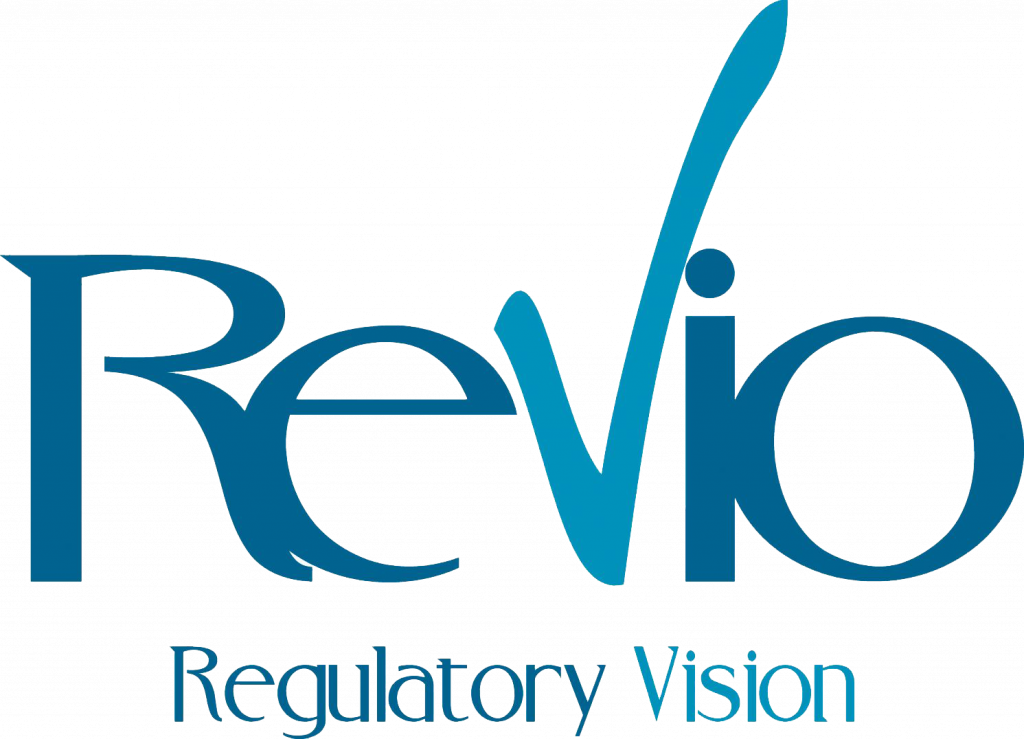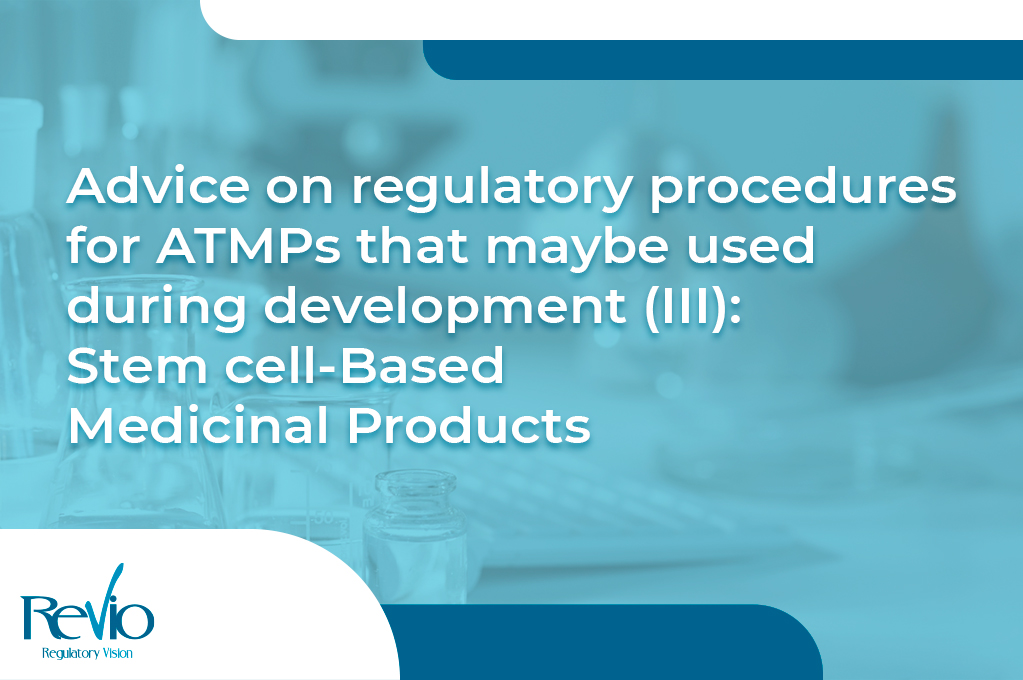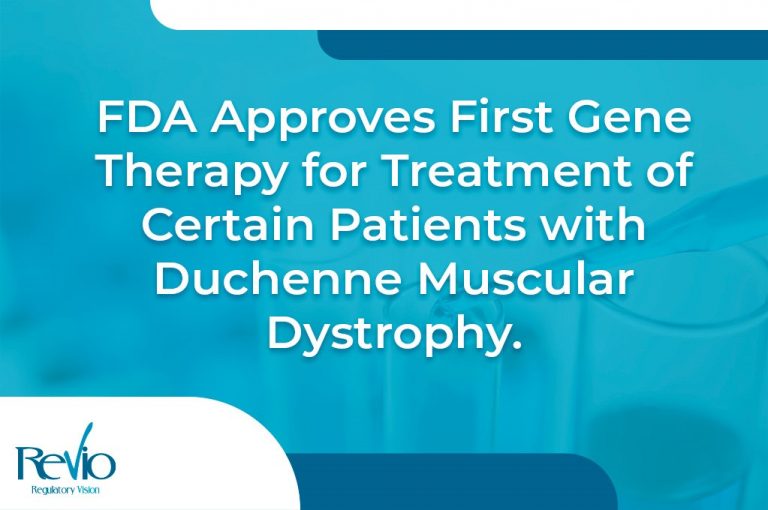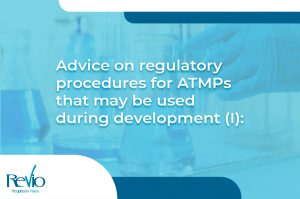Today, from Revio, we would like to share with you a summary of the main aspects mentioned in the EMA ‘’Reflection paper on stem cell-based medicinal products’’ (EMA/CAT/571134/2009) which may be used during the development phase of Stem Cell-Based Medicinal Products.
This reflection paper shall apply to all types of stem cells regardless of their differentiation status at time of administration.
Main Quality Considerations in relation to:
Starting materials
Origin and procurement of the starting material to isolate the stem cells is considered critical for the yield and identity/purity of the final cell population. The selection of appropriate markers is fundamental to the standardization of isolation conditions and to control cell populations, heterogeneity, and yield.
Manufacturing process
The critical manufacturing steps are those related to the differentiation state necessary for the intended.
Process validation
In vitro assessment of genotypic instability, tumourigenicity and phenotypic profile of the product should be conducted at critical manufacturing stages. That way, it will ensure the safety profile of the product. In addition, it´s essential to pay special attention to the use of growth factors and reagents that may have a different impact on distinct cells in the original cell population.
- Characterisation and quality control
- Identity of stem cells product: they are defined by their self-renewal capacity (proliferation) and the expression of specific markers.
- Purity of the cell-based product relates to the minimization of undesirable characteristics.
- Potency of stem cell-based product: they are based on the scientific rationale for the medicinal product and the differentiation status of the cells required for intended use.
- Tumourigenicity and genomic stability.
Non-clinical Considerations:
Animal models
The choice of the most relevant animal model should be determined by the specific safety aspect to be evaluated. This way, where possible, the intended cell-based product consisting of human cells should be used for proof-of-concept and safety studies. The selection of animal models and the duration of animal studies should be adequate for evaluation of long-term effects taking into account the persistence and functionality of the cells.
Biodistribution and niche
Due to limitations with current methodologies, adequate information cannot be obtained concerning biodistribution from human studies. Therefore, nonclinical biodistribution studies of stem cells are considered highly important. Ectopic tissue formation is a potential risk that is associated with the differentiation potential of a stem cell-based product as well as biodistribution.
Tumourigenicity
The risk of tumour formation may vary depending on the origin of cells, extent of manipulation and site/route of administration. The differentiation state, pluripotency or lineage commitment and culture conditions of the intended cells have important implications for identifying the potential risks (e.g., tumourigenic potential).
Differentiation in vivo
Stem cells might not differentiate in the expect way at the intended location. For example, this has been shown for MSCs intended to differentiate into the cardiac or vascular lineage and found to induce calcification in the heart.
Immune rejection and persistence
MSCs are generally considered to be immune privileged and studies to evaluate persistence of them are encouraged. Potential inflammatory/immune response to the administered cellular product should be assessed to evaluate the risk of stem cell elimination.
Clinical Considerations of the stem-cell based product:
Nonclinical evidence on the proof-of-principle and safety of the stem-cell based product in a relevant animal model is expected before administration to humans.
Pharmacodynamics
Clinical trials should be designed to demonstrate safety and efficacy as well as provide evidence to substantiate the mode of action identified during the clinical trial.
Pharmacokinetics
It may be challenging to perform biodistribution studies in humans.
Dose finding studies
A safe and effective treatment dose should be identified, and where possible, the minimally effective dose should be determined.
Clinical efficacy
Post-Authorisation long term efficacy follow-up should be identified during the clinical studies and also taking into consideration results from non-clinical studies.
Clinical safety
We should investigate tumour formation due to the administered product or endogenous tumour formation.
Pharmacovigilance
Specific safety issues, including lack of efficacy, should be evaluated in long term follow-up.
This is some of the information you need to know if you are interested in development of stem cell-based medicinal products. Nevertheless, we have launched a dedicated webpage to bring you the latest updates, guidance and developments. Furthermore, you can also follow us on LinkedIn.
We hope you find this useful and of interest. If you would like to discuss any of these updates with the team at REVIO, please get in touch here.
If you want to know more, check out the official guideline here.




